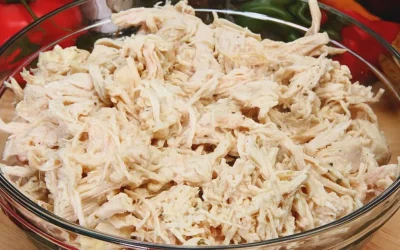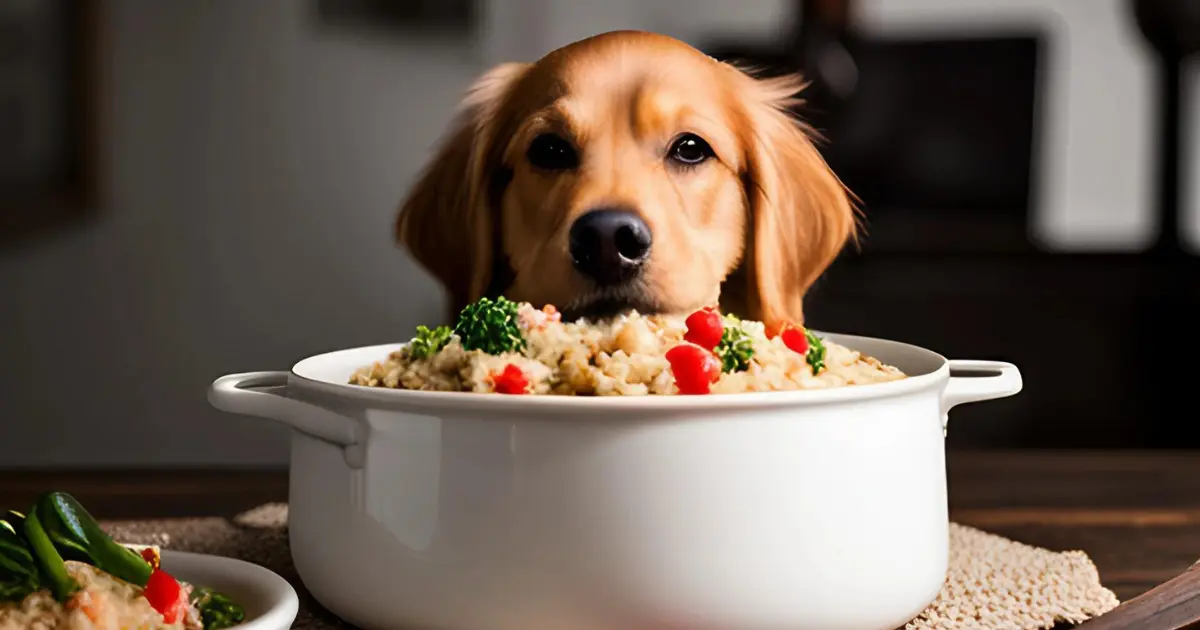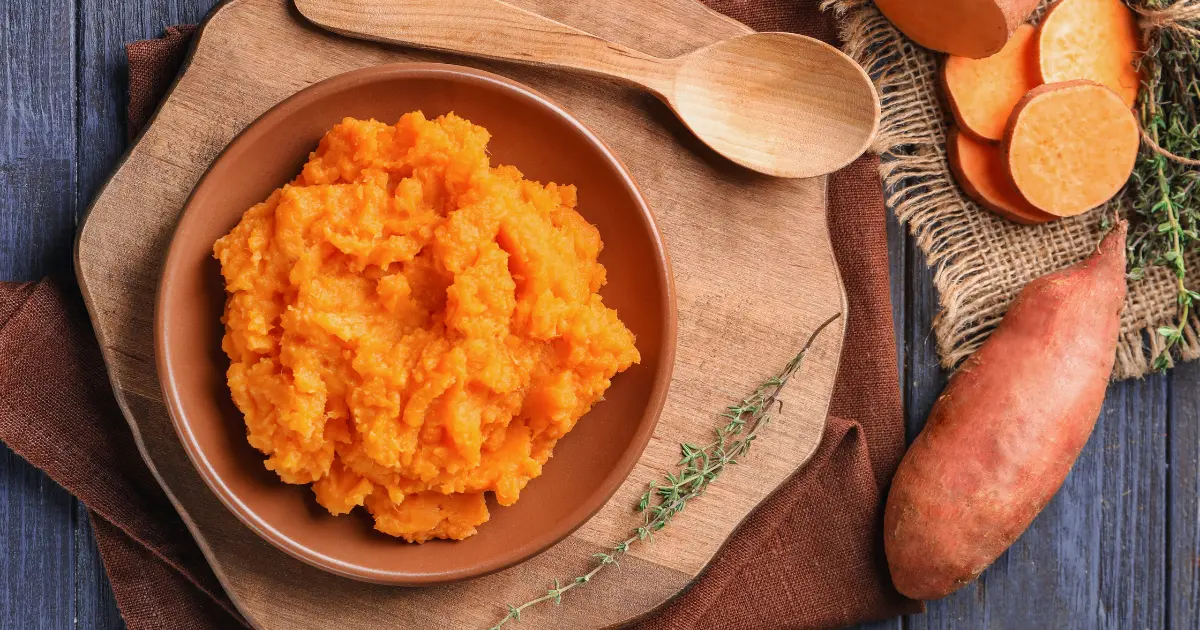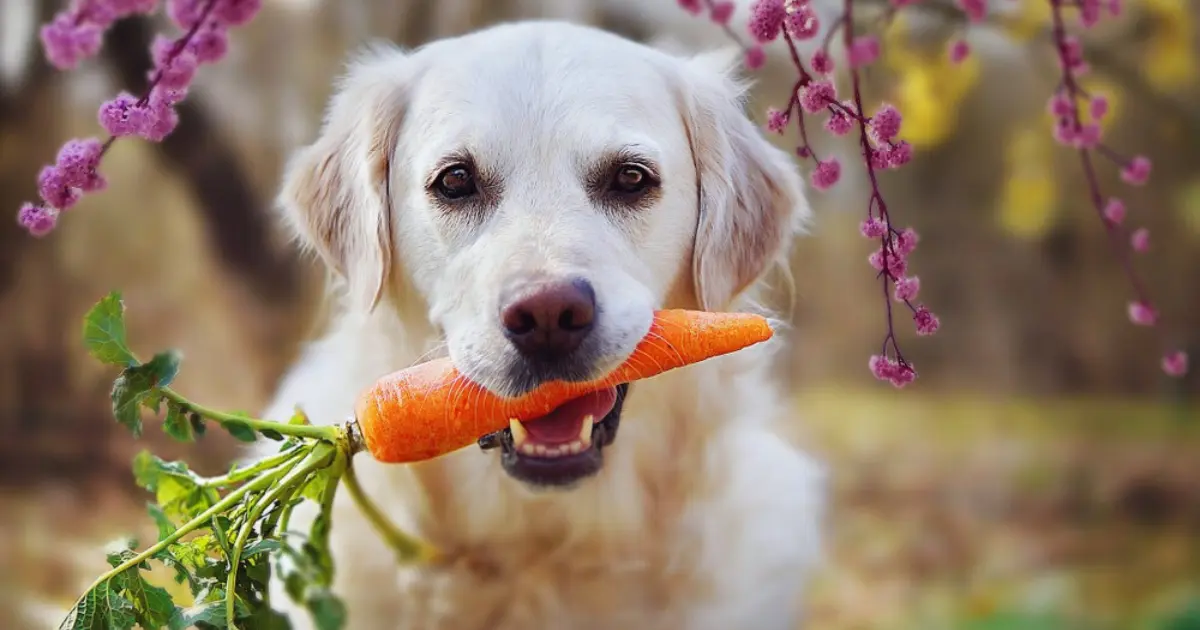7 Homemade Dog Food Recipes for Skin Allergies
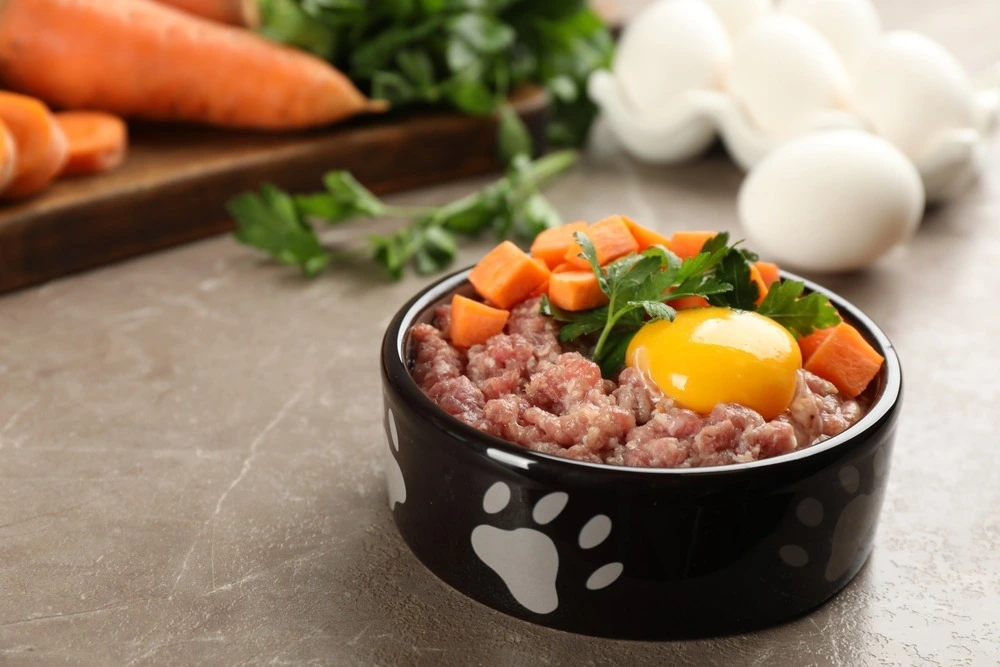
Dealing with a dog that has skin allergies can be a very difficult task. Redness, rashes, and constant itching make your furry friend uncomfortable and affect their happiness. In these challenging times, pets and owners want to discover nutrients’s ability to alleviate these signs. This complete article will share some of the best homemade dog food recipes and how they might benefit your pet’s fitness, mainly if skin allergies afflict them. Whether you are a professional pet enthusiast or a newcomer within the tricky world of dog nutrients, these seven homemade dog food recipes promise to soothe skin allergies and ensure your dog’s diet is delicious and tailored to their specific needs.
What reasons skin allergies in dogs and how to identify Them
Before jumping into recipes, it’s essential to understand what triggers skin allergic reactions in dogs and how they appear. The most common dog allergens are flea bites, meals, and the environment, including pollen, dust mites, and mold. Allergic reactions may also appear as skin irritation, itchiness, hair loss, rashes, or gastrointestinal issues. To discover if your dog has allergies, look ahead to signs which include:
- Excessive licking or biting at paws
- Red, infected skin
- Ear infections
- Chronic scratching or itching
- Pores and skin smell or discoloration
The first step in addressing allergies is to perceive the allergen. A detailed visit to the vet for allergic reactions and testing may be necessary.
Key Nutrients for Dogs with Skin Allergies
A dog’s diet plays a significant role in managing allergies. The highest-quality nutrients and a balance of fatty acids, protein, and vitamins can support the immune system and reduce the severity of allergic reactions. Essential nutrients to focus on are:
- Omega-3 fatty acids from fish oil for anti-inflammatory benefits
- High-quality protein sources like meat and eggs
- Vitamins A and E for pores and skin
- Zinc and selenium for proper immunity
The Benefits of Homemade Dog Food Recipes

Choosing to make your dog’s food at home has several benefits when it comes to managing skin allergies:
Control Over Ingredients:
One of the best things about preparing your own dog food recipes is that you have full control over the items those foods contain. These levels of control give pet owners the ability to make sure that their pets’ food meets all of their specific nutritional needs, allergies, or dietary limits. Doing this make sure your dog gets the right amount of fats, proteins, and carbs for their health. Being able to change homemade meals to meet your dog’s needs at different stages of life or when they have certain health issues also makes them a creative way to make sure your furry friend is healthy and happy in general.
Quality Assurance:
Homemade dog food is the most effective way to be sure it is good for them. Some fillers or by-products in dog food might not be good for them or give them enough nutrients. As a replacement for eating out, cooking at home lets you choose fresh, healthy foods. Seeing what your dog eats makes you feel better. Additionally, it helps your dog eat better. To make sure your pet gets the food it needs without any drugs or fillers you don’t want it to have, you should know what each ingredient does and where it comes from. Most of the time, it’s better for your dog’s health and happiness to watch what you feed them.
Freshness:
A great deal of store-bought dog food is full of chemicals and fakes. Things that you use to make your own dog food are very different in terms of how fresh and natural they are. Make-your-own dog food. It looks and tastes better, and it may also be better for their stomach and help them get more nutrients. Do not buy dog food; make it yourself. You can be sure that the food they eat won’t have any chemicals that could be harmful added to it to keep it from going bad.
Avoid Common Dog Food Allergens
Certain foods are much more likely to cause allergic reactions in dogs. Some common allergens to avoid or be careful with are:
1. Beef 4. Grains
2. Chicken 5. Wheat
3. Eggs 6. Corn
Remember, not all dogs will be sensitive to those foods, however they are recognised to cause allergies in some dogs.
Read More Article: 10 Symptoms of Dog Eating Dark Chocolate
Top 7 Best Homemade Dog Food Recipes for Skin Allergies
1. Quinoa and Turkey Delight
ingredients:
- 1 cup quinoa
- 2 cups water or low-sodium hen broth
- 1 pound ground turkey
- 1 medium sweet potato, peeled and cubed
- 1 cup peas (frozen or clean)
instructions:
- Rinse the quinoa below cold water and drain it.
- Combine the quinoa, water or broth, and sweet potato cubes in a medium-sized pot. Bring to a boil, then decrease heat to a simmer and cover. Prepare dinner for approximately 15 minutes.
- In a different pan, brown the ground turkey.
- Combine all ingredients and fold inside the peas as soon as the quinoa and sweet potato are cooked and the turkey is browned.
- Cook for an extra 5 minutes, adding more water if necessary.
- Let the mixture to cool before serving your dog.
2. Salmon and Sweet Potato Stew
Salmon and Sweet Potato Stew
ingredients:
- 2 lb salmon fillets, skin removed
- 2 sweet potatoes, peeled and cubed
- 12 oz green beans, cut into bite-sized portions
- 3 carrots, chopped
- 2 zucchinis, sliced
- 4 cups vegetable broth (no onions)
instructions:
- In a large pot, combine all of the ingredients and bring to a boil.
- Reduce heat and simmer for 20-25 mins, or till the fish flakes easily with a fork and the veggies are tender.
- Once done, remove the pot from the warmth and allow it to cool.
- Serve the stew for your pup after it has cooled to room temperature.
3. Lamb and Brown Rice Casserole
ingredients:
- 2 lb lamb shoulder or leg meat, cubed
- 3 cups brown rice
- 2 sweet potatoes, peeled and cubed
- 1 cup green peas (frozen or fresh)
- 2 carrots, chopped
- four cups water or low-sodium lamb or vegetable broth
- 1 tbsp flaxseed oil
instructions:
- Preheat the oven to 375°F (190°C).
- Mix the lamb, brown rice, sweet potatoes, carrots, and peas in a big baking dish.
- Pour the water or broth over the combination.
- Drizzle the flaxseed oil over the top.
- Cover the dish with aluminum foil and bake for one-half hour.
- Allow the casserole to cool before reducing and serving to your dog.
4. Turkey and Spinach Salad
ingredients:
- 1 lb ground turkey
- three cups of fresh spinach
- 1 cup cooked quinoa
- 1/2 tsp powdered kelp
- 1/4 cup fresh parsley, chopped
- 3 tbsp olive oil
instructions:
- In a pan, brown the ground turkey.
- Combine the spinach, cooked quinoa, kelp, parsley, and olive oil in a large bowl.
- Once the turkey is browned, add it to the bowl and blend till the spinach wilts slightly from the warmth.
- Allow the salad to cool completely before feeding your dog.
5. Chicken and Rice Stew
ingredients:
- 2 lb chicken breast, cubed
- 2 cups brown rice
- 2 cups chopped butternut squash
- 2 cups chopped spinach
- 2 carrots, diced
- 1 cup peas (frozen or clean)
- eight cups water or low-sodium chicken broth
instructions:
- Combine chicken, rice, squash, carrots, and water or broth in a large pot.
- Bring to a boil, lower heat, and let simmer for 25 mins.
- Add peas and spinach and cook for an extra 5 minutes.
- Remove from heat and allow it to cool before serving it to your dog.
6. Veggie and Oatmeal Medley
ingredients:
- 2 cups cooked oatmeal
- 2 cups blended veggies (carrots, green beans, and zucchini)
- 1 cup diced fowl breast
- 1/4 cup olive oil
instructions:
- Cook oatmeal consistent with package instructions.
- In a large skillet, sauté the mixed greens until slightly tender.
- Add the diced chicken to the skillet and prepare dinner till it is not pink.
- Combine the oatmeal, veggies, and fowl in a large bowl.
- With olive oil and blend very well.
- Allow the medley to cool completely before serving.
7. Sensitive Stomach Chicken Chowder
ingredients:
- 6 chicken thighs, boneless and skinless
- 3 cups cooked white rice
- 1 cup zucchini, sliced
- 1 cup candy potato, cubed
- 1 cup carrot, diced
- 4 cups low-sodium chicken broth
- 1 cup plain, non-fat yogurt
instructions:
- Bring the chicken, rice, vegetables, and chicken broth to a boil in a large pot.
- Reduce heat and simmer for 45 minutes.
- When cooked, please remove the chicken from the pot and shred it with a fork.
- Return the shredded chicken to the pot, add the yogurt, and mix nicely.
- Serve the chowder to your dog after it has cooled down.
Anti-inflammatory Meal Recipes for Skin Allergies
Here, you will talk about a planned choice of ingredients known for their benefits, which can help soothe skin irritations in allergic dogs.
Ingredients such as turmeric, ginger, green Tea, and quercetin can be added to the diet in numerous ways to help minimize allergic reactions. Here are some recipes with these ingredients:
- Turmeric and Fish Broth Stew
- Green Tea and Chicken Casserole
- Ginger and Quinoa Stir-Fry
- Quercetin-rich Venison Patties
The Sensitive Stomach Solution: Easy-to-Digest Recipes
Another factor in managing allergies is to ensure that the food is easy to digest. Recipes like the following emphasize digestibility and tenderness:
- Boiled chicken and White Rice with Pumpkin
- Lamb and Rice Crockpot Stew
- Bison and Oatmeal Baked sweets
- Duck and Potato cakes
Tips for Switching to Homemade Dog Food for Skin Allergies
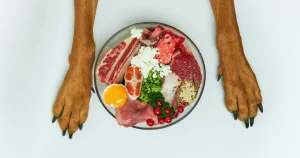
Transitioning to a brand new diet requires patience and care, especially while working with dogs handling allergic reactions. Here are a few tips for a smooth change:
- Slow Transition: start changing a small part of your dog’s modern-day food with homemade food and regularly increase the percentage every week.
- Monitor closely: watch your dog for any reaction to the new diet. Be vigilant for signs and symptoms of allergy relief, such as reduced itching.
- Please seek professional advice: always visit your veterinarian before making significant changes to your canine’s diet to ensure you meet their nutritional needs and handle allergic reactions successfully.
Veterinary Consultation
Each dog is unique, and so are their allergies. It is critical to work in consultation with your veterinarian to determine the best course of action on your dog’s particular dietary requirements. They can offer guidance on:
- The varieties of ingredients to include or avoid
- Nutritional supplementation
- The important portion sizes
- Frequency of meals
- Long-time period diet control for chronic allergic reactions
Homemade dog food may be a game-changer for dogs affected by skin allergies. By taking the reins on what your pet consumes, you offer a tailored and loving approach to their ailments. With the recipes and recommendations provided, you’re ready to transition to a diet focused on health and happiness—vital ingredients for a life without unnecessary itching and soreness. If you are obsessed with your pet’s health and well-being, homemade dog food recipes for skin allergies are a step within the proper course. Start the transformation these days, and watch your furry friend experience the benefits of a weight loss plan made with love, care, and acceptable interests at heart.
FAQs:
Q1. How do I understand if my dog has a food allergy?
To pick out a potential food allergy, look ahead to symptoms including itchiness, redness, infection within the skin, digestive upset, and even ear infections. Your vet can help determine if food is the culprit through elimination diets or allergy testing.
Q2. How should I introduce new food to my dog’s weight loss program?
The key is to do it slowly. Regularly mix increasing portions of the brand new food with the antique throughout about weeks, observing any adjustments to your dog’s fitness or behavior.
Q3. Can puppies have allergies to grains?
Sure, while allergic reactions to grains are less common than the ones to proteins, they can arise. Switching to a grain-loose diet may be helpful for a few dogs with allergies.
Q4. Should I cook the greens for dinner before adding them to my dog’s food?
Cooking the vegetables can make them more digestible for your dog. Steaming is a fantastic way to assemble vegetables for your pet’s food.
Q5. Will my dog miss commercial dog food?
First, your dog may show some reluctance or nostalgia for their old food, but with the love and care you put into preparing their food, they will adjust and most likely look ahead to mealtime!
